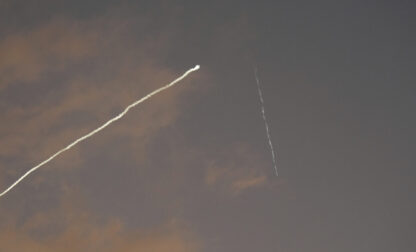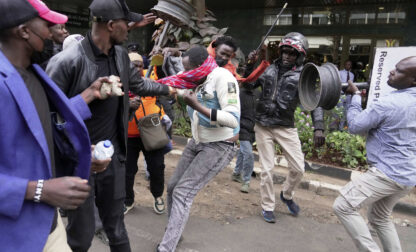Speed defined AP’s coverage of deadly floods in Texas from the start. As the news unfolded on the July Fourth holiday, AP’s Texas staff immediately planted a foothold in Kerr County. Another wave of AP journalists from across the U.S. deployed toward the scene, while a growing team elsewhere added reporting muscle.
As a result, AP delivered urgent and in-depth coverage of the floods, demonstrating excellence in breaking news journalism with scoops over major competitors, interactive storytelling and stunning visuals.
Photojournalists Eric Gay, Julio Cortez, Ashley Landis and Gerald Herbert navigated damaged roads and flight restrictions to capture powerful aerials of the devastation and the painstaking search for victims. Videojournalists Lekan Oyekanmi, Stephen Smith and Joshua Bickel told stories of rescuers and resilience. Reporters Jim Vertuno, Nadia Lathan, Sean Murphy and Gabriela Aoun Angueira followed search teams, questioned local officials and gathered harrowing accounts from survivors.
Beyond breaking the news, AP journalists quickly dug into a critical question: Why was a riverside community in a region known as “Flash Flood Alley” caught so off guard? On a competitive search for answers, Ryan Foley, Jim Mustian and Christopher Keller delivered revealing accountability reporting that elevated AP’s coverage. They reviewed public records to show how buildings at Camp Mystic — where 27 campers and counselors died — had been removed from a 100-year flood map, and how Texas inspectors signed off on the camp’s emergency plans just two days before the floods. They also revealed how state and local officials missed opportunities to fund a flood warning system meant to avert such disasters.
Judges were impressed by the team’s swift response on a holiday weekend, captivating visuals and distinctive accountability reporting.
For speed and depth in all formats, AP staff reporting on the Texas floods wins this week’s first citation for Best of the Week.




